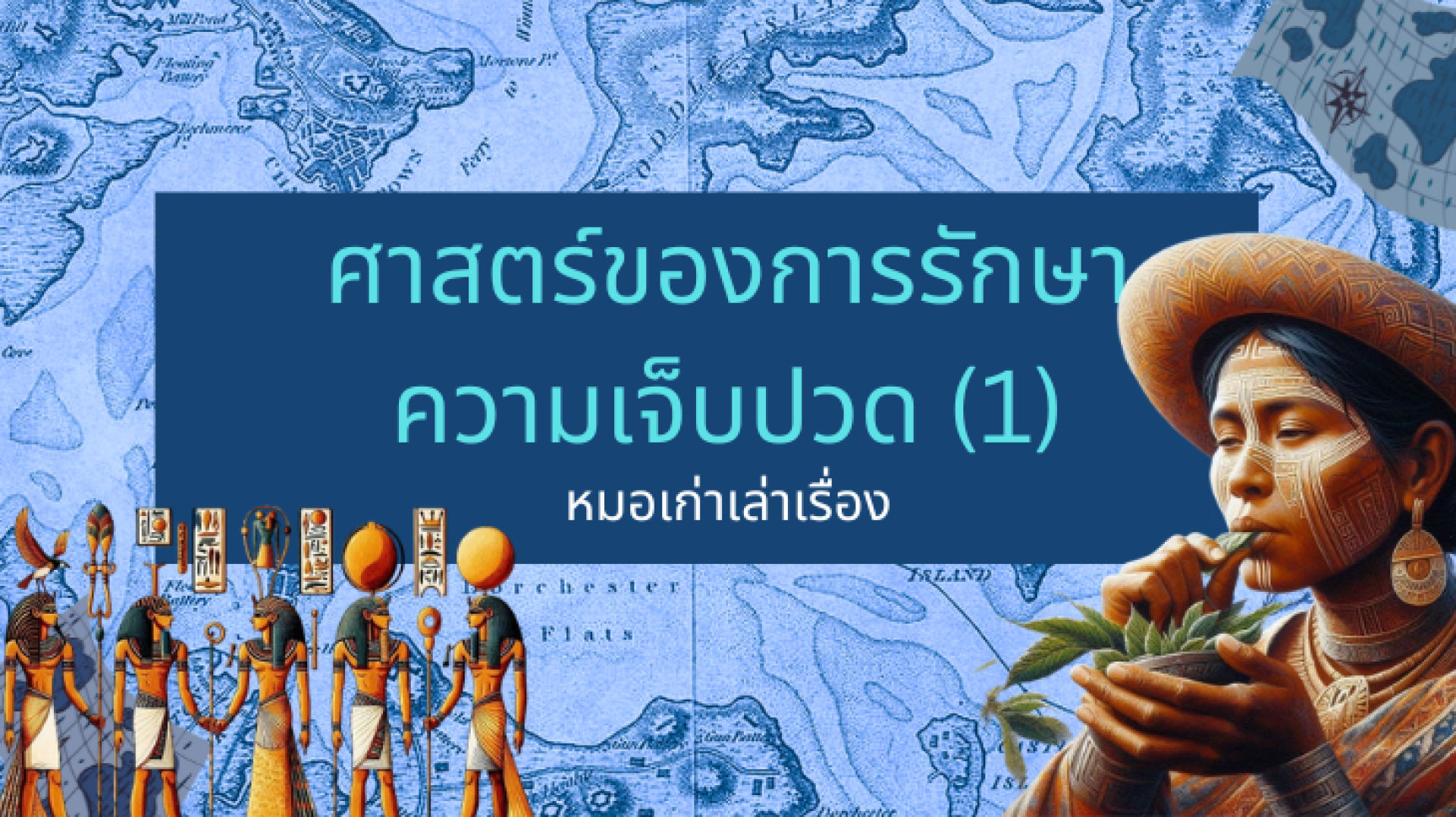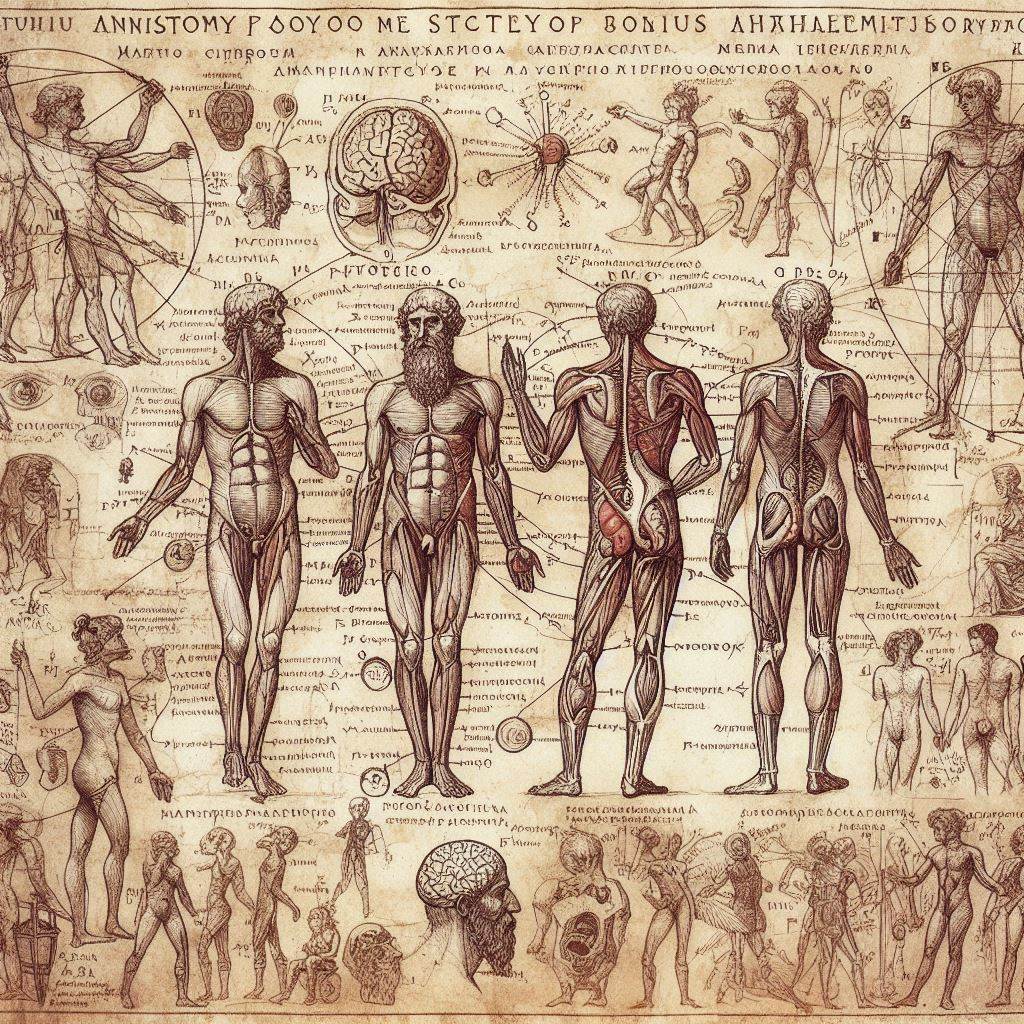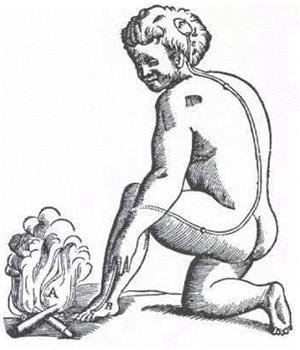The History of Pain Management (1): Spirits, Gods, and Opium

Higher organisms have evolved nervous systems that can perceive pain, as a protective mechanism against danger for example, escaping from heat, cold, sharp objects, or heavy impact. Imagine what would happen if we had no nervous system to sense pain.
Anyone who has ever received local anesthesia for a tooth extraction and then tried to eat while still numb knows the risk: biting or chewing on the lip without realizing it, leaving wounds. Or if you were to grab a hot food tray without feeling anything, the result would be blistered, burned, and swollen skin.
Humans scientifically named Homo sapiens possess the most highly developed nervous system, capable of perceiving touch and pain with great sensitivity.
Pain in the body serves as an early warning signal that something is wrong. It prompts us to investigate the cause and treat the condition before it worsens. Common sources of pain include musculoskeletal problems such as herniated discs, osteoarthritis of the knee, muscle spasms, headaches, abdominal pain, and gynecological issues such as uterine fibroids, menstrual cramps, or ovarian cysts.
A silent threat is cancer. In its early stages, cancer often causes no pain. But once pain is felt, it is usually in the late stages, when curing the disease becomes extremely difficult.
Ancient Pain Management (1,5001,300 BC)
In this era, pain and illness were believed to be caused by spirits, evil souls, or punishment from the gods. Treatments were therefore carried out by healers who served as both physicians and shamans.

- The ancient Egyptians roasted frogs to extract oil, which they applied to painful areas, while chanting incantations to treat migraines.
- The ancient Inca used leaves from the coca plant (Erythroxylum coca) to relieve pain. Coca was considered a sacred plant in South America, used in ceremonies as well as for pain treatment. In Peru, coca leaves were even applied as a local anesthetic before ear piercing for jewelry.
- In Egypt and Asia Minor, raw opium was known. The Sumerians called it the flower of joy. Egyptians prepared opium in pill form for internal use and as creams for external application among the Palestinians. Raw opium mixed with crude oil was burned to create smoke, which, when inhaled, helped ease toothaches.
- In India and China, opium was also used to treat tooth pain, bone pain, and joint pain. Treatments during this period often combined herbs with narcotic and hallucinogenic effects along with ritual practices rooted in cultural beliefs.
การรักษาในยุคนี้ ใช้สมุนไพรที่มีฤทธิ์กดประสาท หลอนประสาท ผสมพิธีกรรมตามความเชื่อ
Pain Treatment in the Classical Era Greek and Roman Empires (600400 BC)
In 566 BC, Alcmaeon of Croton, a student of Pythagoras, believed that the brain (not the heart) was the center of sensation and reasoning.
In 460 BC, Hippocrates, the Father of Greek Medicine, taught that pain was caused by an imbalance of the four humors of the body: blood, phlegm, yellow bile, and black bile. He used willow bark, which contains salicylic acid, to treat stomach pain, reduce fever, and relieve eye pain.

- In 384 BC, Aristotle taught that the heart was the center of sensation, soul, and life. He believed the brain served only to cool the body, while the heart generated warmth. At that time, Aristotle was a highly respected philosopher whose teachings were widely accepted.
- In 355 BC, Herophilos and Erasistratus of Alexandria conducted anatomical studies through human dissection. They traced the origins of nerves to the brain and spinal cord, declaring that the brain was a crucial part of the nervous system, with nerve fibers divided between controlling movement and sensation.
However, their discoveries were not accepted because they contradicted the famous teachings of Aristotle, who had far more followers and influence. (In modern terms, you might say Aristotle had the bigger fan club, and opposing views risked being overwhelmed by popular backlash.)

In this era, opium was also used for treatment, and bloodletting was practiced to restore balance to the bodys fluids.
Thus, during the golden age of Ancient Greece and Rome, a major debate emerged: Was the source of sensation the brain or the heart?
Pain Management in the Late Pre-Christian Era (300 BC AD 50)
- It is believed that acupuncture had been practiced in China long before the Christian era, but clear evidence of its use to treat illness and pain was found during this period. Acupuncture represented an early science of mapping nerve points in the body.
- Electrical stimulation was also discovered as a way to reduce pain, such as in cases of rheumatoid arthritis. In Egypt, Greece, and Rome, patients would immerse painful or inflamed areas in water containing Nile river fish capable of generating electricity. Electric catfish and torpedo rays were used in this way their electrical discharges were applied not only for pain relief but also for conditions such as epilepsy, mental disorders, stomach pain, and even sexual dysfunction.
This was an era of growing awareness that nerves transmit sensation to the central brain. Any treatment that interacted with nerves or altered their electrical signals could provide pain relief.
Pain Management in the Middle Ages and Renaissance (AD 50 1800)
- In AD 160, the theories of Herophilos and Erasistratus were revived by Galen, a Roman physician. He believed that the brain was the center of the sensory nervous system and that it connected to the peripheral nervous system. Pain, he argued, could arise from external stimuli (touch and strong impact), but also from within the body and this internal pain was a critical warning sign of disease.
- Galen recommended a universal ointment, made from viper flesh, opium, cinnamon, saffron, colocynth, pepper, ginger, wine, and honey to treat pain. It became widely used in the 18th century. While opium was effective at reducing pain, its unwanted side effects were also recognized.
- In 1550, Jacobus Theodorus wrote about the dangers of excessive opium use, noting that it caused numbness, weakness in the limbs, and could even lead to death during sleep. He advised it only for severe pain or insomnia.
- From 1596 to 1650, the French philosopher René Descartes proposed that sensations begin at the nerve endings in the skin, travel to the brain, and then stimulate the mind to perceive them. He compared the nervous system to a rope tied to a bell: pulling the rope at one end would ring the bell at the other. His famous illustration depicted a childs hand and foot near a fire the heat was transmitted through nerves like a rope to the brain, which rang the bell of sensation.
- Patients who had lost an arm or leg often reported phantom limb pain: the sensation of pain in a missing limb. This was explained as nerve fibers that once carried sensations from the lost limb still sending signals, while the brain continued to imagine the limb was present, thus producing real pain.

- In the 1670s, Chinese acupuncture spread to Japan, where Dutch sailor Willem ten Rhijne arrived at Nagasaki Bay for trade. There, he studied Eastern acupuncture and integrated it with his knowledge of navigation, emphasizing the role of the heart, blood circulation, and body fluids in reducing pain. Acupuncture at this time used long, sharp, rounded needles made only of pure gold or silver. It was applied to treat intestinal colic, joint inflammation, cataracts, and even depression.
- In 1784, British surgeon James Moore discovered that opium was very effective in relieving pain after surgery, but not as effective when used during surgery.
- By the late 17th century, Sir Joseph Priestley had isolated nitrous oxide gas. Later, Sir Humphry Davy instructed patients to inhale nitrous oxide deeply three times to reduce pain after tooth extraction. He even suggested it could be used for minor surgical pain relief. However, the gas became more popular as a substance for recreational use than as a medical anesthetic.
Pain Management from the Industrial Revolution Onward (18001900)
- At the beginning of the 19th century, scientific experiments advanced to the point of truly understanding the mechanisms of pain perception.
- In 1824, Marie Jean Pierre Flourens concluded that thought, memory, desire, and sensory perception resided in the gray matter of the brain.
- Johannes Peter Müller later proposed the Law of Specific Nerve Energies, which stated that sensation does not depend on the stimulus itself but rather on the sense organ and the pathway of the nerve transmitting that stimulus.
- In 1858, German scientist Moritz Schiff argued that pain was different from touch because pain was transmitted by separate nerves. However, Goldscheider and von Frey disagreed, suggesting that both sensations traveled along the same nerve fibers but when the stimulation was strong enough, the sensation of touch could be transformed into pain.
- In 1890, Sir Henry Head demonstrated the relationship between nerves distributed across different parts of the body and their connections to spinal cord neurons. Each region of the skin is covered by sensory nerves that connect to specific spinal neurons. When an internal organ located near that spinal segment becomes abnormal, it can send pain signals to the brain that are misinterpreted as coming from the skin.
For example: a person with a kidney stone in the ureter may feel referred pain radiating to the inner thigh.

From mythological beliefs, shamans, and rituals where pain was thought to be punishment for sins or the will of God in the Middle Ages by the 19th century pain theories began to be explained scientifically, with treatments directed at their causes.
Modern Theories of Pain
- Alfred Goldscheider (18581935) clearly identified distinct sensory receptors for heat, cold, pain, and pressure in the skin. He concluded that both the intensity of stimulation and the brains interpretation were crucial in pain perception. However, his ideas sparked long-standing debates, with various competing theories emerging over the following decades.
- In 1965, Ronald Melzack and Patrick Wall proposed that a region of the spinal cords gray matter, known as the substantia gelatinosa, acted as a junction point for nerve impulses coming from sensory nerve endings throughout the body before being transmitted to the brain. The brain, as the central nervous system, then interpreted these signals as sensations of heat, cold, sharpness, smoothness, roughness, softness or pain.
They described this as the Gate Control Theory of Pain: the spinal cord acts like a gate that can either allow or block pain signals on their way to the brain. Melzack emphasized that pain mechanisms fundamentally depend on the central nervous system.
This understanding led to treatments such as massage, pressure, and electrical nerve stimulation, based on the hypothesis that reducing or modulating sensory input at the spinal cord level could decrease pain perception.
References
https://painmanagementcollaboratory.org/pain-management-history-timeline/
https://www.britannica.com/science/pain
https://omegapaindoctor.com/blog/history-of-pain-management/


